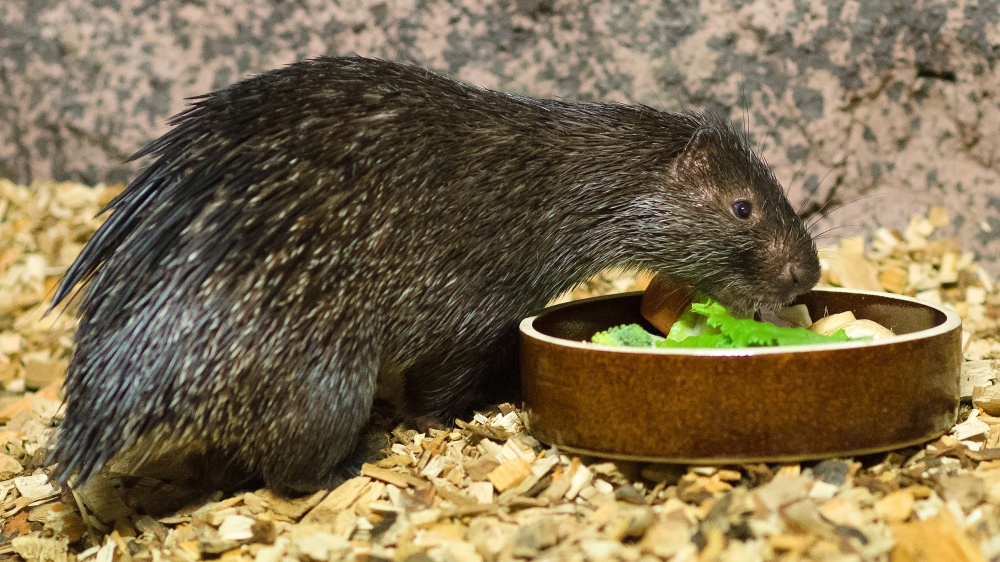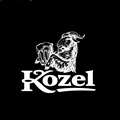The “New Pangolins”, with Spines and a Bezoar
Miroslav Bobek | 17. 10. 2020
For many years now millions and millions of pangolins have been trafficked. It took a long time – and who knows if it’s not too late – for work to begin on giving them more effective protection. We are also trying to help with this. We have co-financed the Pangolarium in Laos and we intend to support the creation of a similar facility in Indonesia. At the same time, we are adding a clause to the contract that this rescue station will not only be for pangolins, but other mammal species too. There is a good reason for this: nowadays porcupines in Southeast Asia are in the same situation as pangolins were ten years ago. The trade in them seems to have started to skyrocket, and there is a real threat that the abundance of some species will soon find itself on a steeply descending curve.

The Philippine porcupine (also called Palawan porcupine), which we breed in Prague Zoo, is classified as a vulnerable species. Photo: Petr Hamerník, Prague Zoo
If the reason for the trade in pangolins is their meat and, especially, their scales, then in the case of porcupines it is their meat, spines – and particularly their bezoar. It is formed in ruminants, and also in porcupines, by the accumulation and compression of undigested food residues. At first, they are fibrous twists, which gradually become oval in shape and, as other substances settle on them, they finally resemble stones. The very word “bezoar” has its origin in the Persian pād-zahr, which means antidote – and this explains why a bezoar has been a highly prized commodity also in Europe for centuries. Its price here allegedly used to reach up to forty times that of gold.
In contrast to Europe, interest in the bezoar has never waned in Asia, and the current demand for porcupine bezoars is mainly driven by China. It appears that a significant proportion of the business is done over the Internet, where we can also learn what this bezoar is good for: it allegedly cures
dengue fever, liver diseases, infectious diseases and even cancer. After the outbreak of the pandemic, some reasoned that, due to its supposed effects, it would certainly help against COVID-19 as well…
I probably don’t have to point out that the healing effects of the bezoar have not been proven and that such claims play on human superstition, or even abuse those who are sick and in a difficult situation. And, of course, a highly lucrative business is linked to it. Have a look at the bezoar stones in the photos. These are middle size pieces weighing between 28 and 121 grams priced from 2,800 to 12,100 USD. And this is, according to a survey published in 2019, still a very favourable price.
There is more ambiguity surrounding the trade in porcupine bezoars than there are specific facts. Although porcupines are also raised on farms in some places, some, if not most, customers prefer bezoars from wild animals. Their source areas are South Asian countries – Indonesia, Malaysia, and others – but no one has a clue as to how several porcupines are killed, and where. However, not every porcupine has a bezoar in it; estimates suggest a ratio of at least 1:10.
In contrast, what is certain is that there is not much time left to work for the effective protection of porcupines and to eliminate the trade in their bezoars. However, so far, unfortunately, it seems that they may suffer the same fate as the pangolins.








